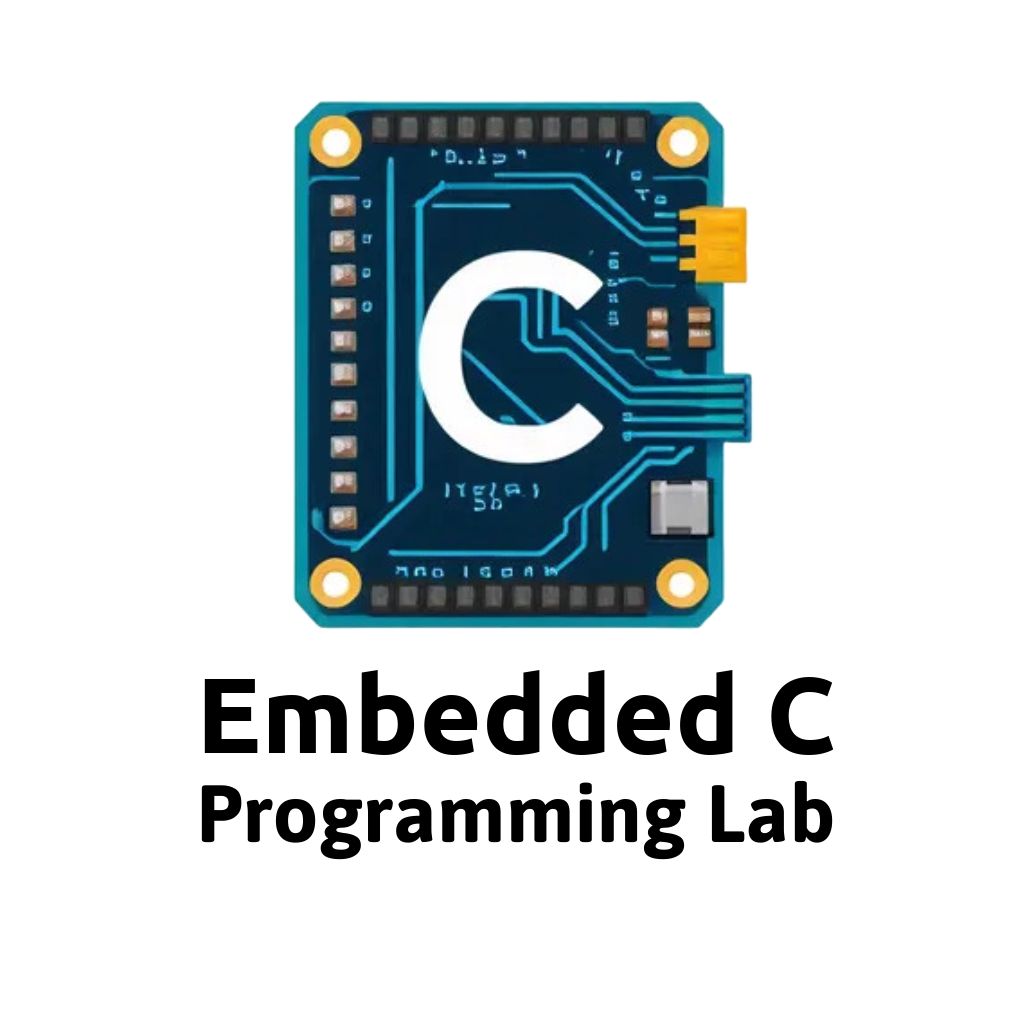9 Accelerometer and Gyroscope - MPU-6050
This exercise introduces interfacing the MPU-6050 accelerometer and gyroscope sensor with the STM32 Nucleo-144 board using the MPU6050 library by Electronic Cats. The sensor readings (acceleration and gyroscope values) will be displayed and averaged over 20 samples.
Note
The MPU6050 library by Electronic Cats can be installed using library manager in the Aruduino IDE.
Objective:
- Interface the MPU-6050 sensor with the STM32 Nucleo-144 board via I2C.
- Read raw acceleration and gyroscope data from the sensor.
- Average the readings over 20 samples to smooth out the data.
Materials:
- STM Nucleo-144 F767ZI development board.
- MPU-6050 sensor.
- Jumper wires.
- CubeIDE or Arduino IDE with STM32Duino.
Wiring Connections:
| MPU-6050 Pin | Nucleo-144 Pin |
|---|---|
| VCC | 3.3V |
| GND | GND |
| SDA | SDA |
| SCL | SCL |
Task 1: Basic Reading of Accelerometer and Gyroscope Data
Description:
In this task, the MPU-6050 sensor will be initialized, and raw acceleration and gyroscope values will be read. The results will be displayed using the serial plotter.
Code:
#include "Wire.h"
#include "MPU6050.h"
// class default I2C address is 0x68
MPU6050 accelgyro;
int16_t ax, ay, az;
int16_t gx, gy, gz;
void setup() {
// join I2C bus
Wire.begin();
Serial.begin(115200);
// initialize device
Serial.println("Initializing I2C devices...");
accelgyro.initialize();
Serial.println("Testing device connections...");
Serial.println(accelgyro.testConnection() ? "MPU6050 connection successful" : "MPU6050 connection failed");
}
void loop() {
// read raw accel/gyro measurements from device
accelgyro.getMotion6(&ax, &ay, &az, &gx, &gy, &gz);
// display comma-separated accel/gyro x/y/z values for serial plotter
Serial.print("ax:");
Serial.print(ax);
Serial.print(",");
Serial.print("ay:");
Serial.print(ay);
Serial.print(",");
Serial.print("az:");
Serial.print(az);
Serial.print(",");
Serial.print("gx:");
Serial.print(gx);
Serial.print(",");
Serial.print("gy:");
Serial.print(gy);
Serial.print(",");
Serial.print("gz:");
Serial.println(gz);
}Key Steps:
- Initialize the MPU-6050 sensor and check for a successful connection.
- Read and display the raw accelerometer and gyroscope data.
- Use the serial plotter to visualize the x, y, and z axis values.
Task 2: Averaging the Readings Over 20 Samples
Description:
In this task, the raw accelerometer and gyroscope data will be averaged over 20 readings to smooth out any noise in the measurements.
Code:
#include "Wire.h"
#include "MPU6050.h"
MPU6050 accelgyro;
int16_t ax, ay, az;
int16_t gx, gy, gz;
void setup() {
Wire.begin();
Serial.begin(115200);
// initialize device
Serial.println("Initializing I2C devices...");
accelgyro.initialize();
Serial.println("Testing device connections...");
Serial.println(accelgyro.testConnection() ? "MPU6050 connection successful" : "MPU6050 connection failed");
}
void loop() {
getMotion6Smooth(&ax, &ay, &az, &gx, &gy, &gz, 20);
// Display averaged values
Serial.print("ax:");
Serial.print(ax);
Serial.print(",");
Serial.print("ay:");
Serial.print(ay);
Serial.print(",");
Serial.print("az:");
Serial.print(az);
Serial.print(",");
Serial.print("gx:");
Serial.print(gx);
Serial.print(",");
Serial.print("gy:");
Serial.print(gy);
Serial.print(",");
Serial.print("gz:");
Serial.println(gz);
delay(10);
}
void getMotion6Smooth(int16_t* ax, int16_t* ay, int16_t* az, int16_t* gx, int16_t* gy, int16_t* gz, int nSamples) {
// Initialize totals
long axTotal = 0, ayTotal = 0, azTotal = 0;
long gxTotal = 0, gyTotal = 0, gzTotal = 0;
// Collect 20 samples
for (int i = 0; i < nSamples; i++) {
accelgyro.getMotion6(ax, ay, az, gx, gy, gz);
axTotal += *ax;
ayTotal += *ay;
azTotal += *az;
gxTotal += *gx;
gyTotal += *gy;
gzTotal += *gz;
}
// Calculate average
*ax = axTotal / nSamples;
*ay = ayTotal / nSamples;
*az = azTotal / nSamples;
*gx = gxTotal / nSamples;
*gy = gyTotal / nSamples;
*gz = gzTotal / nSamples;
}Key Steps:
- Collect 20 samples of accelerometer and gyroscope readings.
- Calculate the average of each axis (x, y, z) for both accelerometer and gyroscope.
- Display the averaged readings to reduce noise and obtain more stable values.
Conclusion:
- The MPU-6050 sensor was interfaced with the STM32 Nucleo-144 board using I2C communication using library.
- Raw accelerometer and gyroscope readings were captured and displayed.
- The readings from the accelerometer and gyroscope was visualized using serial plotter.
- Averaging over 20 samples was used to smooth the sensor data and reduce noise.
